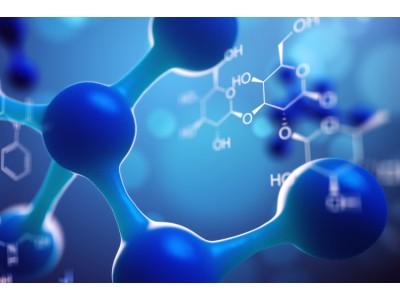| Bioactivity | Osilodrostat (LCI699) is a potent, orally active11β-hydroxylase (CYP11B1) inhibitor with an IC50 value of 35 nM. Osilodrostat is a potent, orally aldosterone synthase (CYP11B2) inhibitor with IC50 values of 0.7 nM and 160 nM for human aldosterone synthase and rat aldosterone synthase, respectively. Osilodrostat inhibits aldosterone and corticosterone synthesis. Osilodrostat has blood pressure lowering ability. Osilodrostat can be used for research of Cushing syndrome (CS)[1][2][3]. | ||||||||||||
| Target | IC50: 35 nM (CYP11B1), 0.7 nM (human aldosterone synthase), and 160 nM (rat aldosterone synthase) | ||||||||||||
| Invitro | Osilodrostat (LCI699; 0.01-10 µM; HAC15 cells, 17 primary human adrenocortical cell cultures, and pituitary adenoma cells) inhibits cortisol and aldosterone. Osilodrostat results in inhibition of corticosterone, 11-deoxycortisol accumulation, and modest effects on adrenal androgens[2]. | ||||||||||||
| In Vivo | Osilodrostat (LCI699; 0.1-100 mg/kg; p.o.; once) inhibits aldosterone and corticosterone synthesis in Ang-II- and ACTH-stimulated Sprague Dawley rats[1].Osilodrostat (LCI699; 3-100 mg/kg; p.o.; daily, for 52 weeks) reduces mean arterial pressure and prolongs survival in dTG rats[1]. Animal Model: | ||||||||||||
| Name | Osilodrostat | ||||||||||||
| CAS | 928134-65-0 | ||||||||||||
| Formula | C13H10FN3 | ||||||||||||
| Molar Mass | 227.24 | ||||||||||||
| Appearance | Solid | ||||||||||||
| Transport | Room temperature in continental US; may vary elsewhere. | ||||||||||||
| Storage |
|
||||||||||||
| Reference | [1]. Ménard J, et, al. Aldosterone synthase inhibition: cardiorenal protection in animal disease models and translation of hormonal effects to human subjects. J Transl Med. 2014 Dec 10;12:340. [2]. Creemers SG, et, al. Osilodrostat Is a Potential Novel Steroidogenesis Inhibitor for the Treatment of Cushing Syndrome: An In Vitro Study. J Clin Endocrinol Metab. 2019 Aug 1;104(8):3437-3449. [3]. Li L, et, al. Osilodrostat (LCI699), a potent 11β-hydroxylase inhibitor, administered in combination with the multireceptor-targeted somatostatin analog pasireotide: A 13-week study in rats. Toxicol Appl Pharmacol. 2015 Aug 1;286(3):224-33. |

Osilodrostat
CAS: 928134-65-0 F: C13H10FN3 W: 227.24
Osilodrostat (LCI699) is a potent, orally active11β-hydroxylase (CYP11B1) inhibitor with an IC50 value of 35 nM. Osilod
Sales Email:peptidedb@qq.com
This product is for research use only, not for human use. We do not sell to patients.